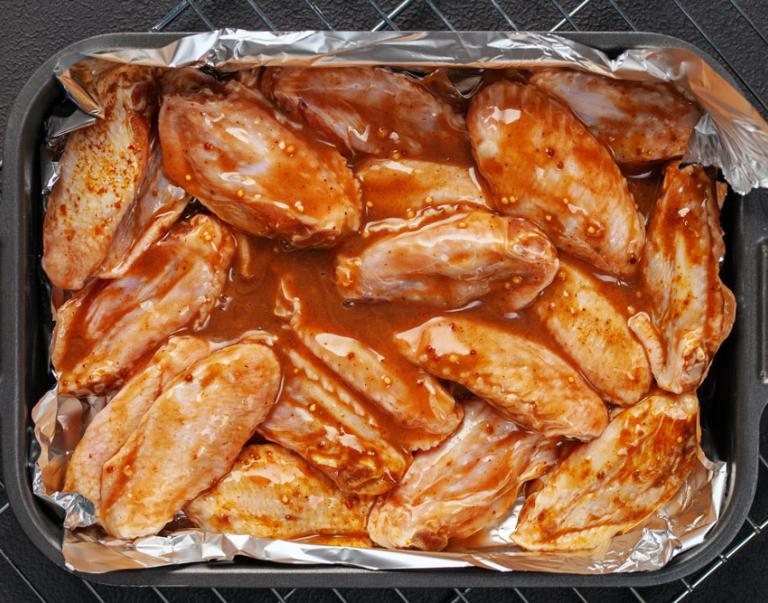
I’m Dr. Jack Rhyan and I’m a wildlife pathologist for USDA’s Animal and Plant Health Inspection Service (APHIS) Veterinary Services. I’ve worked for APHIS since 1990, and had spent seven years at the National Veterinary Services Laboratories before taking my current position at the National Wildlife Research Center.
I am a member of the Wildlife/Livestock Disease Investigations Team. The team’s job is to learn more about diseases that affect both livestock and wildlife populations and to use this knowledge to provide guidance to our partners and other agencies that manage wildlife populations. We’re also highly involved in using science to help cure diseases that occur when livestock and wildlife come together.
The team conducts several animal studies and we spend a lot of our time working with the animals involved. Sometimes this means doing hands-on work with animals, while at other times we’re in the office developing budgets and working on other aspects of the project. One of our current studies deals with quarantine of Yellowstone National Park bison that leave the park to ensure that they are free of brucellosis.
This isn’t my first project with Yellowstone National Park’s bison. I’ve spent a fair amount of time working with these animals over the years. One of the coolest things I’ve done was a study that involved putting radio collars on bison for monitoring. After that, three times a year we went out in the field and got biologic specimens from the animals to test for brucellosis. It was great being in the field and doing hands-on work with those fascinating creatures.
Yellowstone was also the site of one of the most intense moments of my career. I was leaving the park with a colleague one cold, winter night. We were winding our way up a sheer incline on a switchback trail in the dark. We suddenly realized we were off the trail on a sheer incline in deep snow without a light. Luckily, we didn’t end up there all night because we managed to use the radio to contact a park employee, who came to rescue us.
The idea to become a veterinarian struck me during college. I liked what I knew about veterinarians and thought it would be a good and interesting career. I am glad I chose to pursue this field because I do feel I make a difference. I’m always doing something new and am continuously learning. At the same time, my work helps educate others and eventually impacts how wildlife is managed. I’m proud of what my team does to help our wildlife and livestock populations.
APHIS and USDA are joining with organizations around the world to celebrate World Veterinary Year by highlighting the work of veterinarians on the USDA blog. This post is part of a series underscoring the important and diverse work of APHIS veterinarians. Check back each Thursday as we showcase the work of a different veterinarian.


